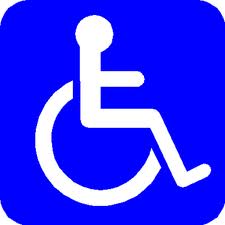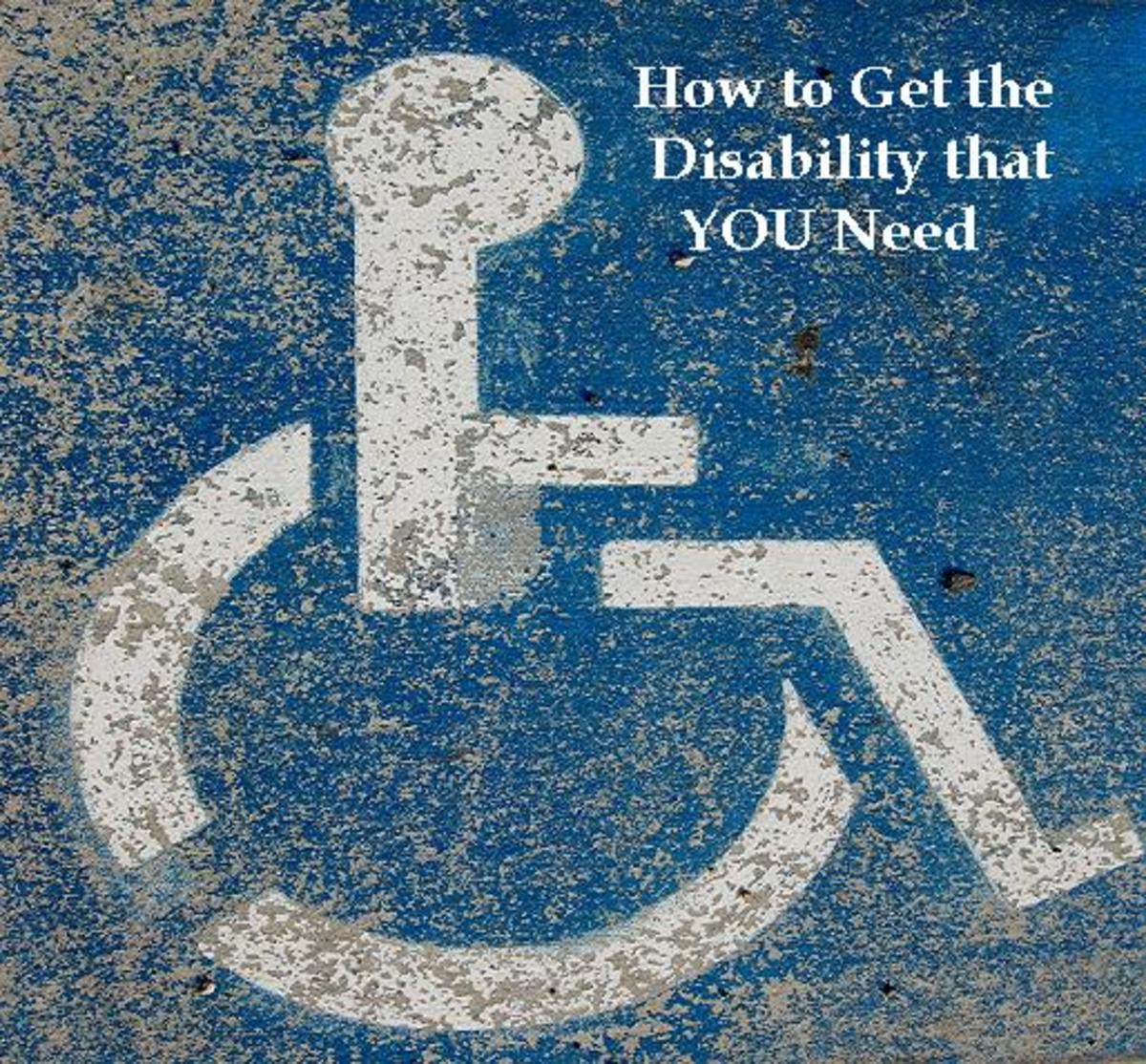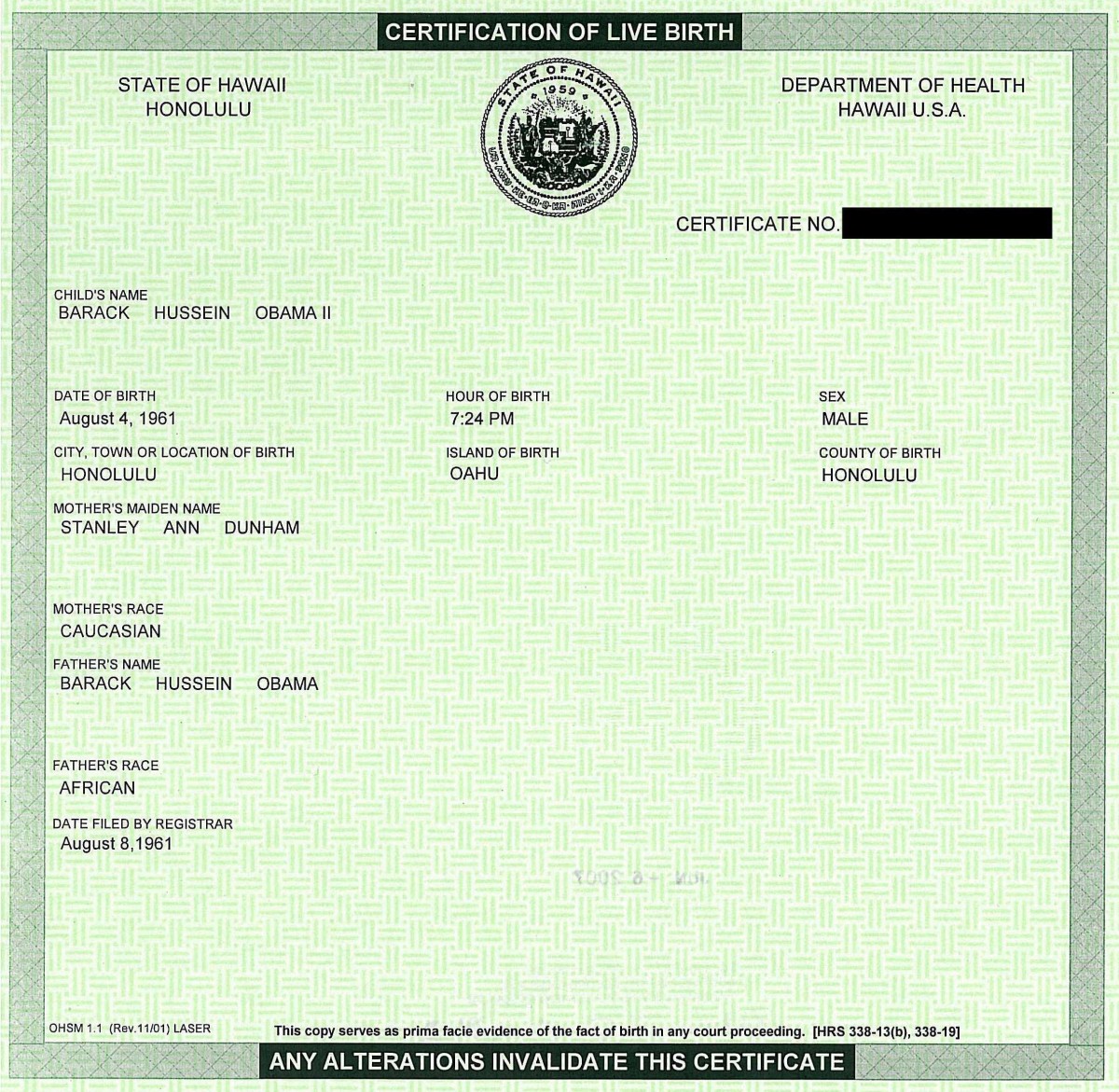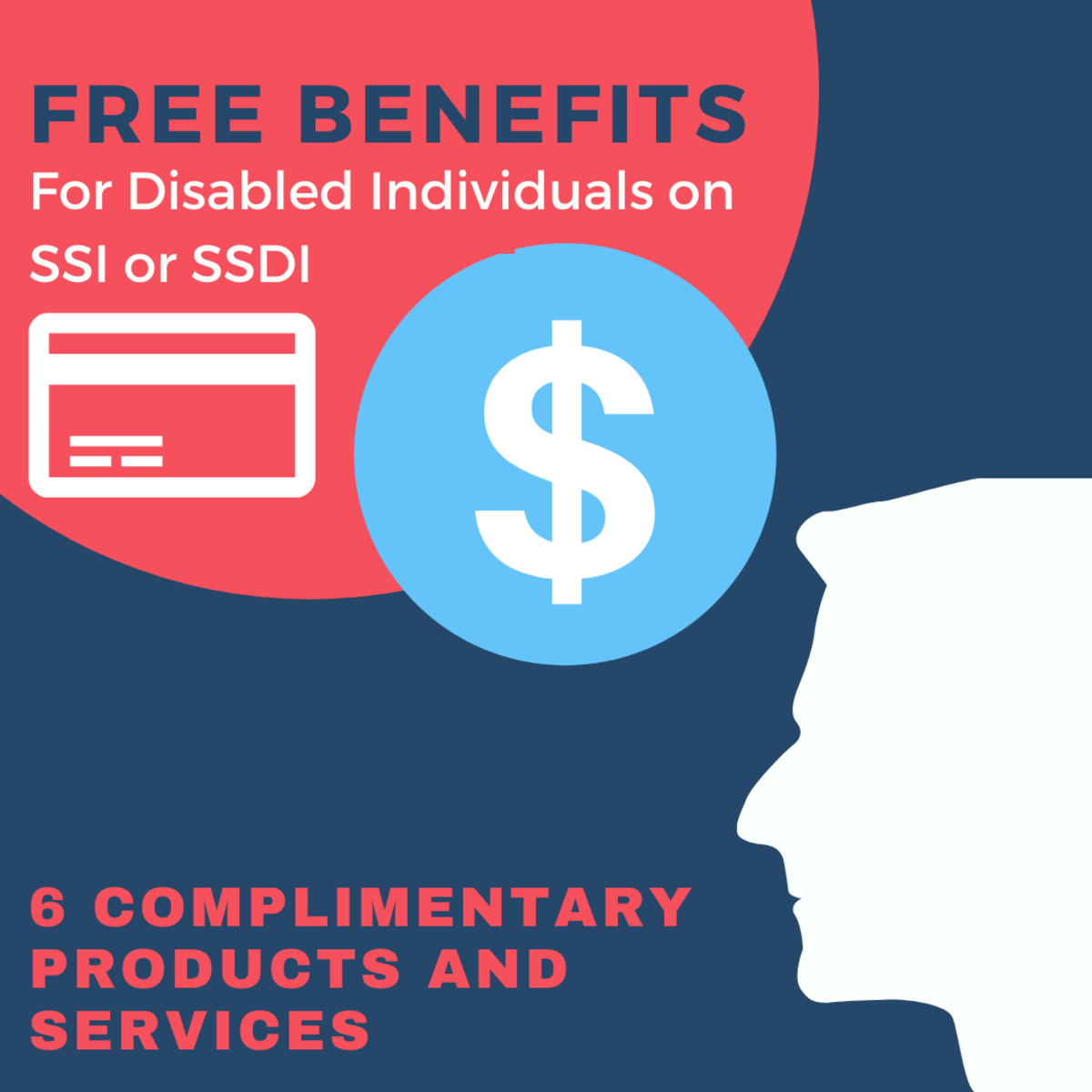Social Security Disability: Step Two - the Work Activity Report

This report must be filled out and turned back in within 15 days of the date of the letter. Be sure to hurry!

Add your Full Name, Application# and Social Security# on each page in case they lose one. If you have started your Report and have a D#, I would recommend including that on each page as well. Any way that they can identify you is best. I even put my signature on each page and the date.

Some of the things you need to know are:
1. The locations you worked for (your employers)
|
2. The year you worked for them
|
3. The earnings you made during this time at this employer (a total figure)
|

To start the actual Work Activity Report by the Employee, a lot of information must be obtained:
General Information
First, enter your full name, social security number, application number, and any claim number you have. For the claim number, I would recommend using your social security number if you do not have one. And again, I would recommend putting the D# if you have started the Disability Report.

Detailed Information
You must answer if you did not work, but income was reported to you. If you did not work, you can move to the next question. If you did work, you must go into detail. Even if you were disabled, you may have worked a simple job or done poorly at a job and gotten fired. I would explain your poor performance and how you got fired in the remarks section.
In a separate envelope I even included copies of my poor performance evaluations to show why I was fired from my various jobs.
If you did not work, other types of income may have been reported to you. They will ask of proof of this income, such as vacation pay, holiday pay, sick pay, insurance payment, or workers compensation. Basically, any additional pay you received. Commissions is an example as well.

Detail
To go into detail you will need the following:
- The full Employer’s Name
- The area code and telephone number of the employer
- The area code and the fax number of the employer
- The full address of the employer
- The city, state, and zip code of the employer
- The job title you held and the type of work you did (I also included why I was fired).
- The specific date you started working there.
- The specific date you stopped working there.
- The rate of pay per <hour> or <year> or <month>
- 10. Hours worked per week (I included only the hours I worked at this position) (on average).
The hardest part is that you must enclose copies of all your pay stubs or fill out a spreadsheet.
The spreadsheet looks like this:
Date Earned (MMYYY) Amt (for each month you worked at this job).
Keep in mind all of this work history is from the time you declared you were disabled until now.

Question 5 asks about your special conditions while working.
The special conditions it asks about are:
- Had extra help, extra supervision, or a job coach
- Worked irregular or fewer hours than other workers
- Given special equipment because of my condition
- Took more rest period than other workers
- Given special transportation to and from work
- Had fewer or easier duties than other workers
- Allowed to produce less work than other workers
- Hired through special training or therapy program
- Given work that was suited to my condition
- Given special help getting ready for work
- Stopped working
- Reduced my work hours
- Reduced my earnings
- Changed to a lighter or easier type of work
- (and 2 other spaces that you can fill in)
For each of these items, they ask the employer’s name, the data (MM/YYYY) to (MM/YYYY), and a description. The "description" area is very small. I typed mine up and still did not have enough room. I wanted to explain in detail what I meant by each of these items in detail.
Below this section are several lines that allow you to provide any additional information about your work changes. This gives you a chance to further explain the items above as the “description” sections are very small. It is a great section to provide the details you didn't have room for in the "description" section.

Question 7
Do or did you spend any of your own money for items or services related to your physical or mental conditions that you needed in order to work and for which you did not get reimbursed? The examples they give are medications, co-pays, medical devices or procedures, Braille equipment, special telephone or equipment, service animal, attendant care, modifications to a car used for work, or other transportation. They may ask for proof of payment.
This would always depend on your condition. If you have Obsession Compulsive Disorder, you may want to include things you bought at an Office supply store to keep you organized, such as a planner or calendar. You may want to include other office supply items you needed to buy in order to keep your attention, like colored pens or colored sticky notes. Think hard on anything you bought that helped you work that your job did not pay for.

This section is filling in the blank. You include:
Description of the item you bought on your own that your work did not pay for
|
The cost of the item your job did not pay for ($ per <year>)
|
The date you purchased the item or items (MM/YYYY – MM/YYYY)
|

Again at the bottom of this section there is plenty of room for remarks. This allows you to include anything about these items that you could not fit above. I also utilized this section to further explain items in my report that I could not place elsewhere.

The next page has even more blanks for remarks which I utilized. There are so many things I wanted to explain but could not. Plus, if there are any employers you worked for since your disability, you need to be sure to put them there with all the details that were asked for above.
You may want to utilize this space to explain in more detail exactly what you did at each job, why you received poor performance reviews, how you were disciplined, why you did not get along with your co-workers or boss, and why you were fired, including when each of these items happened.
Witness!
This report does require a witness, so have one handy since this is time sensitive material.

The Work History Report
The Work History Report is similar to the Work Activity Report so I will go over it next. You are to report on the 15 years before you became disabled. This report must be completed within 10 days, so HURRY!!

Information About Your Work
You will need to report:
1. Company
2. Job Title
3. Type of Business
4. Dates Worked (Month and Year)

Details
You will then be asked to provide a very detailed report for each job. You will report your position, the company, how much you got paid (per hour, per day, per month, or per year), how many hours per day, and how many days per week.
Question: "Describe this job. What did you do all day?" There are 3 lines here to explain what you did in that position.
The Yes or No Questions are:
1. Use machines, tools, or equipment?
2. Use technical knowledge or skills?
3. Do any writing, complete reports, or perform duties like this?
4. Did you supervise other people in this job? (How many? How much time did you spend supervising?)
5. Did you hire and fire employees?
6. Were you a lead worker?
In detail, you must put: "In this job, how many total hours each day did you:"
1. Walk?
2. Stand?
3. Sit?
4. Climb?
5. Stoop (bend down and forward at waist)?
6. Kneel (bend legs to rest on knees)?
7. Crouch (Bend legs and back down and forward)?
8. Crawl (move on hands and knees)?
9. Handle, grab, or grasp big objects?
10. Reach?
11. Write, type, or handle small objects?
There are three lines to explain "Lifting and Carrying (Explain what you lifted, how far you carried it, and how often you did this.)."
Check the heaviest weight lifted: Choices of:
a. less than 10 lbs
b. 10 lbs
c. 20 lbs
d. 50 lbs
e. 100 lbs or more
f. Other _______
Check weight you frequently lifted: (By frequently, we mean from 1/3 to 2/3 of the workday.)
a. less than 10 lbs
b. 10 lbs
c. 25 lbs
d. 50 lbs or more
e. Other _______
Section 3
Contains a large page where you can list remarks you were unable to include on the other pages.

Disclosure
I am not an attorney. The above information is just based on my experience in OKLAHOMA, whose laws may be different than that of other states. I am by far not an expert, but I have spent many hours with attorneys, at the SSA office, and online filing. I just want to share what I have learned in case something I know helps someone else. I'm giving the best information that I know of. I hope you find it helpful!








